Lewis and Clark In Search of the American Incognitum

Graphic by Rob Rath
Before they set out, Lewis and Clark received unofficial orders, a secret mission, if you will: find a living mastodon out there in the uncharted wildlands of the Louisiana Purchase.
While it sounds quixotic now, it wasn't so crazy back then. Though some information on the Far West had been gathered by very early Spanish explorers, French trappers, and the legends of indigenous peoples, it was a largely unknown place to the Corps of Discovery preparing to explore it. Lewis and Clark were enlightened by the most up-to-date scientific research, like that of Benjamin Franklin, who in the 1760s examined a mastodon tooth and proclaimed it to be the gnashing implement of a fearsome, giant carnivore. By 1796, most naturalists thought the mastodon ate plants, but pockets of deeply entrenched adherents insisted the beast was a terrifying killer.
All of which is to say that, as they set out west, Lewis and Clark were forced to reckon with the possibility they'd have to face off with a giant, meat-eating elephant-like monster.
In 1756, the French naturalist George Louis Leclerc, Comte de Buffon, published the fifth volume of his eventually thirty-six-volume Histoire naturele. Within its pages, which included sumptuous illustrations and a catalog of more or less all the animals known to Europe at that time, was an incendiary claim: American animals were wimps.
"...[O]f the American animals," he wrote, "we shall perceive, that not only the number of species is smaller, but that in general, they are inferior in size to those of the old Continent."
He wasn't done. In volumes 9 and 14, he expanded his notions of what would eventually be called "American degeneracy" by adding that the animals native to the New World were smaller and weaker than animals that only appeared in the Old World. As a matter of fact, he maintained that the Americas were such a cold, damp place that even if you transplanted Old World animals like cattle and sheep to the New World, they would still shrivel up and become listless.

Though he had never set foot in America, only examined a few specimens that had reached him and read reports from the early settlement of the East Coast, he proclaimed, "No American animal can be compared with the elephant, the rhinoceros, the hippopotamus, the dromedary, the camelopard, the buffalo, the lion, the tiger, &c."

Curiously enough, Europeans had known about the American bison for more than a century, but Buffon does not include them in his schema.
Though Buffon may have meant for his proclamations to be taken literally, they soon assumed political dimensions in the rivalry between America and the Ancien Régimes of Europe.
The founding fathers were incensed. Madison, for his part, starting measuring American weasels. After comparing them to European varieties, he wrote to Jefferson that his compiled data "clearly contradicted" Buffon's theory.
While dining in France with the Abbe Raynal, a vocal champion of the theory of American degeneracy, Ben Franklin patiently listened to Raynal espouse his ideas. Animals in the New World, he explained, were pencil-necked geeks. Benjamin Franklin observed that all the Americans in the room were seated on one side of the table, and the Europeans on the other. Perhaps they could stand up and compare their sizes?
The result was just what you might expect: our boys were bigger. Later, Jefferson recalled with emphasis how "the Abbe himself particularly, was a mere shrimp."
Over on our supposedly sickly little continent in 1705, a Dutch farmer in New York uncovered a large grinding tooth on his land. The farmer sold it for a pint of rum and the tooth soon made the rounds, confounding everyone. The most prevalent explanation was that it was the molar from a giant prehistoric man. By 1801, when a nearly complete skeleton of one of the creatures was found, it became clear that the creature represented was an American mastodon.
Europeans had come in contact with mammoths for centuries, even misidentifying their tusks as unicorn horns and grinding them up for presumed medicinal properties. They had only begun to enter the consciousness of naturalists fairly recently, who struggled to account for the bones. Even into the first half of the 19th century, the prevailing model of the universe was that of a "great chain of being," with God at the top, humans just below Him, followed by everything else. Also en vogue among the intellectuals of the period, including Thomas Jefferson, was the idea of "deism," the belief in a God who created and set the universe in motion before more or less leaving it to do its thing, not unlike a Swiss watch.
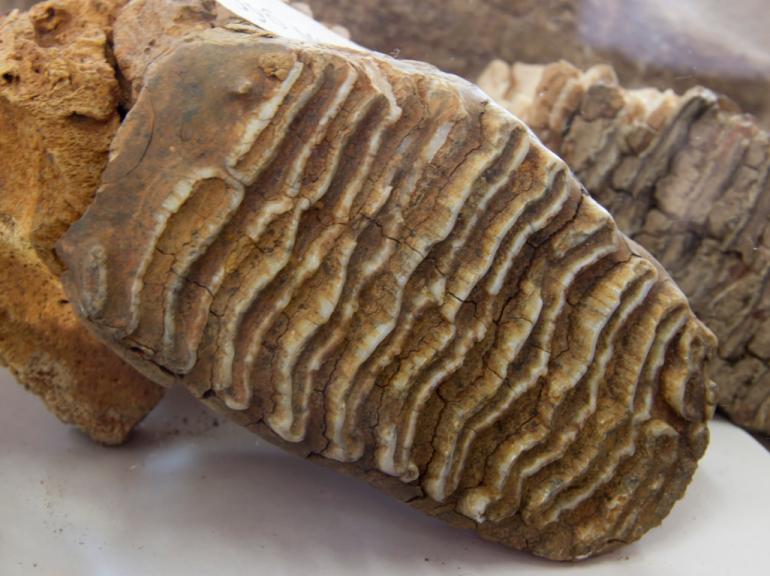
A Mammoth tooth - note the ridges for grinding grassy forage.
Thomas Jefferson, therefore, could not feature the idea of extinction. Surely every animal that had ever lived on the earth lived still, as nature must have been created in perfect, unchanging harmony. In other words, the American mastodon, that enormous and terrifying "incognitum," as it was then known, must still be alive out there.
Nor was he entirely without reason to think so, as a 1782 letter to Jefferson from a Major Arthur Campbell reveals. In the letter, Campbell reports on the experiences of a "certain Mr. Stanley" who was captured by Indians and "was at length carried over Mountains west of the Missouri, to a River that runs Westwardly," and "that the natives told him there were animals in the Country which from the description he judges to be Elephants."
To the young Jefferson, this was a very exciting notion, and no doubt he had it in mind later, as a young nation prepared to explore the Louisiana Purchase.
It probably won't surprise you to hear that Lewis and Clark, for all of their incredible adventures, encountered nary a mastodon. It's probably fair to say they were glad of that.
Jefferson must have been disappointed, but it didn't blunt the statesman's obsession with fossils. According to witnesses, Jefferson would sometimes lay out all of his mammoth bones on the floor of the White House and examine them. And in 1807, not long after the conclusion of the expedition, Jefferson sent Captain William Clark on another mammoth-related trip, this time to Big Bone Lick in Kentucky, famous for its wealth of tusks and teeth.
But what they had seen on their journey—moose as tall as carriages, grizzly bears who shrugged off lead, and of course oceans of American bison—would put the theory of American degeneracy to bed for good. No one could maintain that our animals were in any way weaker, smaller, or less developed. Buffon, however, doesn't seem to have rescinded his argument about the inferiority of American animals, though Jefferson did ship him a rotting American moose carcass with the wrong antlers attached. And Jefferson, for his part, never seems to have accepted that animals could go extinct.
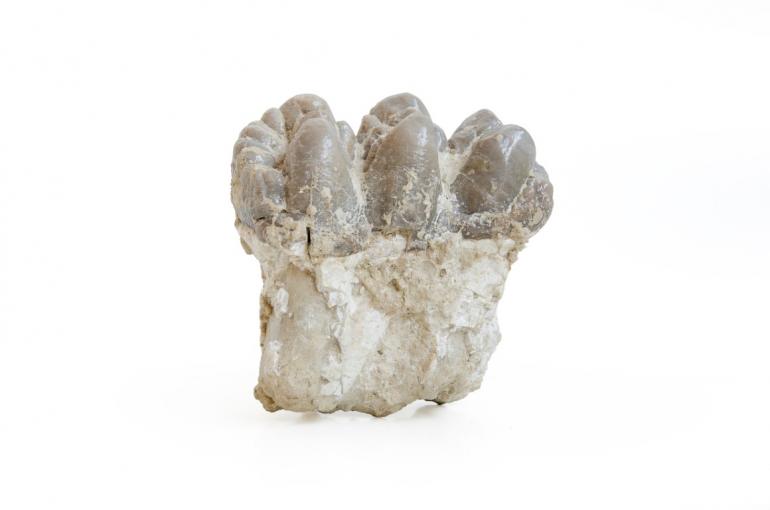
A mastodon tooth ideal for chomping on woody browse.
As it would turn out, North America is lousy with mastodons—and mammoths too. The differences between the two—that the latter ate woodsy browse, while the former grazed on moss and grass; the latter was stockier and longer, while the former is taller, etc.—were not fully grasped until decades later.
If Lewis and Clark had managed to set out on their journey about 13,000 years earlier, they really might have encountered mammoths in Montana, perhaps one like the giant male found near Glendive and now housed in the Museum of the Rockies. Known as the "Lindsay" Mammoth, the individual shows signs of human butchery and is among the earliest examples of our species mastering their Montana surroundings.
It's humbling, really; Lewis and Clark may not have known what lay beyond the borders of their sketchy map, but our first Montana mammoth-hunters stalked the mountains and plains of a world that, as far as we know, was still thousands of years before the invention of the map.
Today, or rather in September of 2021, a team of scientists announced their intentions to bring the mammoth back using cutting-edge genetic technology. It raises the possibility that someday Montanans may live to see the mastodon and mammoth roam their state again. It's hard to say what Jefferson might make of that, but he would probably be delighted.
In fact, he'd probably bet you a ten-spot and a six-pack that a Montana mammoth is bigger, meaner, and smarter than a whole bevy of French ones.
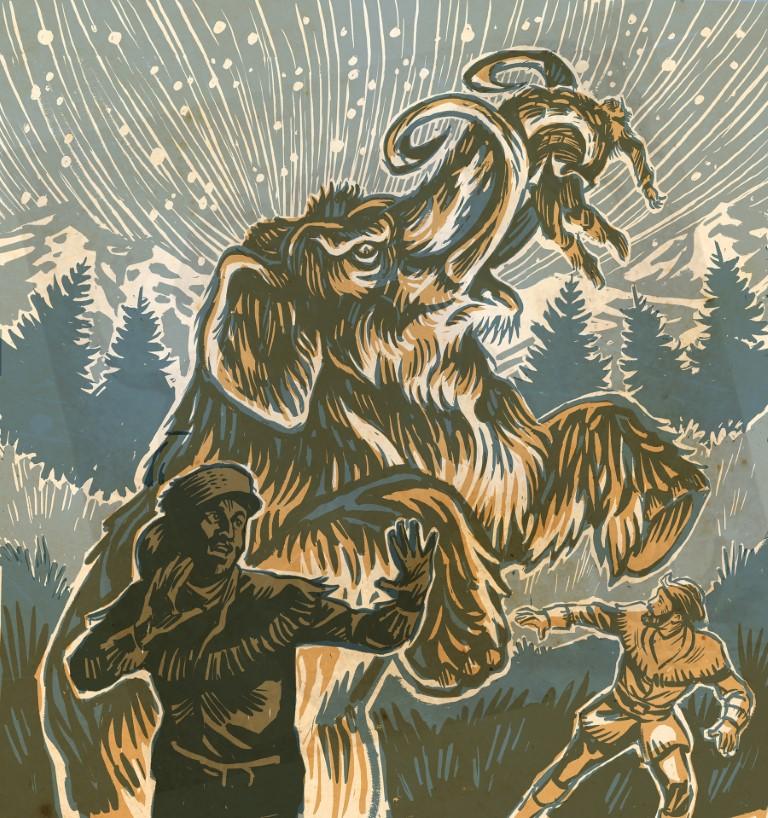
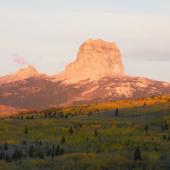



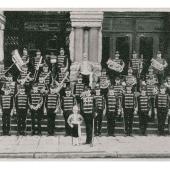

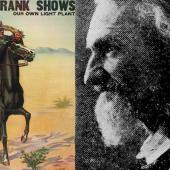
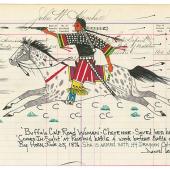



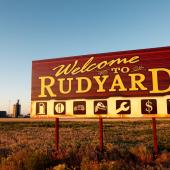
- Reply
Permalink